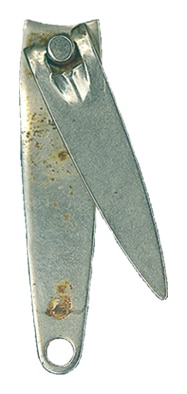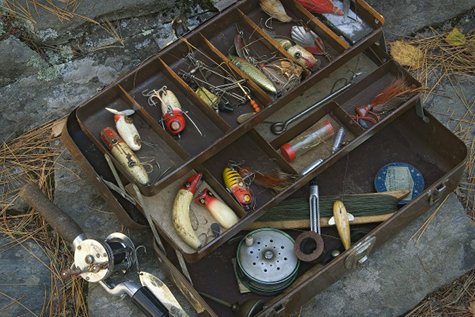
Summer is almost here and that means it’s fishing time. Fishing is a fantastic, manly pastime. It’s a great way to relax and catch up with old buds or quiet your mind after a rough week of work. But before you head out to the old fishing hole, you need to have a well-stocked fishing tackle box. Like the contents of a man’s tool box , the contents of a man’s tackle box often comes down to personal preference. The contents will also change depending on the type of fish you’re angling to catch. But every fishing tackle box should have a few basic items. I went to the Bass Pro Shop in Broken Arrow, Oklahoma to ask a few old timers for their opinion on what they thought should be in every man’s tackle box.
The following are the 10 things we came up with that every man’s fishing tackle box should contain:
1. Extra line
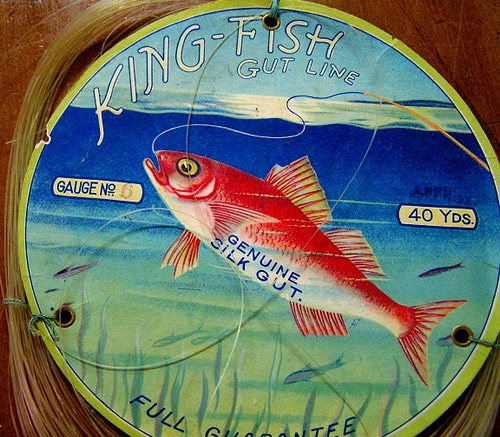
Whether it’s because you get a bite from the legendary monster fish that lurks in the depths of the old fishing hole or you just get your line caught on a log, it’s almost guaranteed that your fishing line will break or get tangled up during a fishing trip. Thus, it’s always good to have some extra line in your tackle box. The line you carry depends a great deal on where you’re fishing and what kind of fish you’re fishing for. If you’re fishing in rough conditions, you’ll want a heavier and more durable fishing line. This should help reduce the chances of snappage. If you’re fishing in a crystal clear lake, stealth is the key. So choose a thin, clear line to fake out the fish.
2. Extra hooks
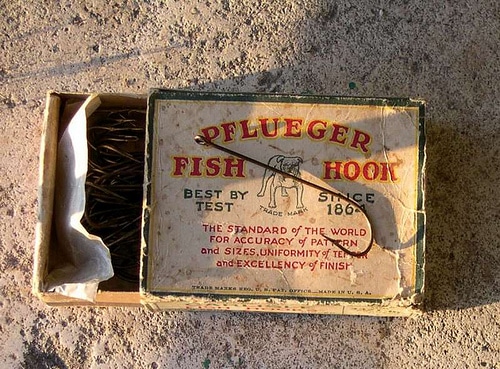
Stock your tackle box with a variety of hooks so you’re ready for any sort of fish. I like to stick with the traditional J-hook, but many fishermen swear by the french hook. No matter what type of hook you carry, make sure you have them in different sizes. You don’t want to fish for river trout using a hook that’s sized for a 120-pound catfish. Sizes range from the very smallest at a number 32, to the very largest at 19/0.
Further reading: What You Need to Know About Fishing Hooks
3. Bobbers
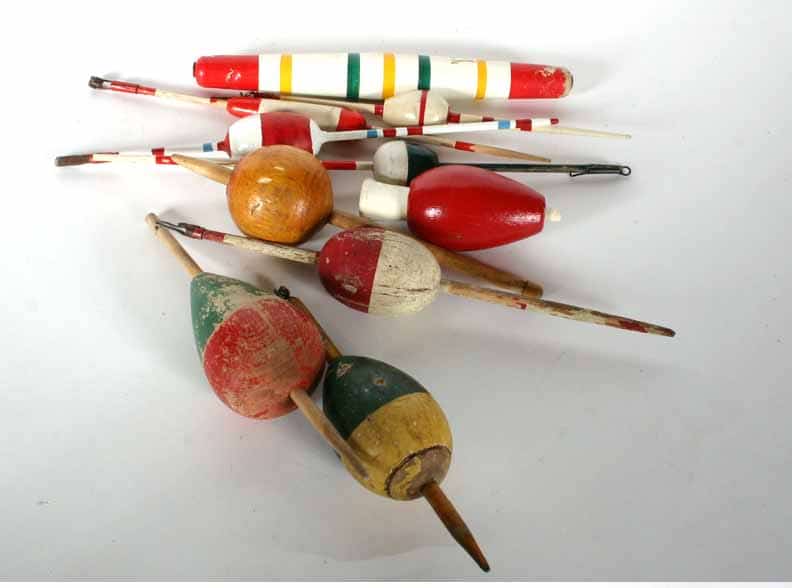
Bobbers, or floaters as they’re sometimes called, help you know when you’re getting bites from a fish. When a fish bites, the bobber sinks. As soon as that happens, you know you’re ready to reel your catch in. Again, you have some choices when it comes to bobbers. The bobbers most people are familiar with are the round red and white plastic ones. The round bobbers are nice because you just have to clip them to the line in order to attach them. However, the round bobber does limit how deep you can cast a line.
Enter the slip bobber. A slip bobber lets you slide it up and down the line. Slip bobbers take a bit more time to rig, but many fishermen think the extra effort is worth it because you get your hook into deeper water.
You can always go old school style and use a piece of cork with a stick in it. Just tie one to your line and you’re good to go.
Further reading: How to Attach a Slip Bobber
4. Sinkers
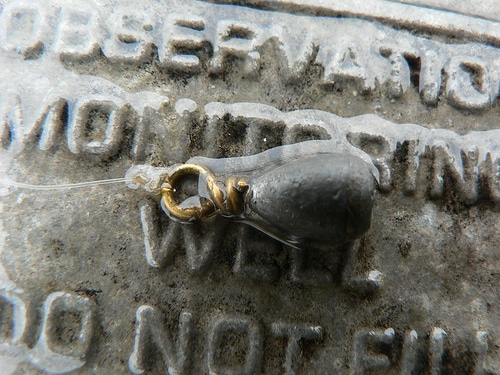
A hook and worm alone are too light to sink very deeply. You’ll need to attach a weight or “sinker” to your fishing rig in order to compensate for that. I’ve lost plenty of sinkers on fishing expeditions so it’s good to have some extras on hand. Sinkers are traditionally made of lead, but some states are beginning to outlaw the use of lead sinkers for environmental reasons. It wouldn’t surprise me if the this trend continues. Other options for sinker materials are brass, tungsten, steel, and bismuth.
Further reading: An Introduction to Fishing Sinkers
5. Plastic worms
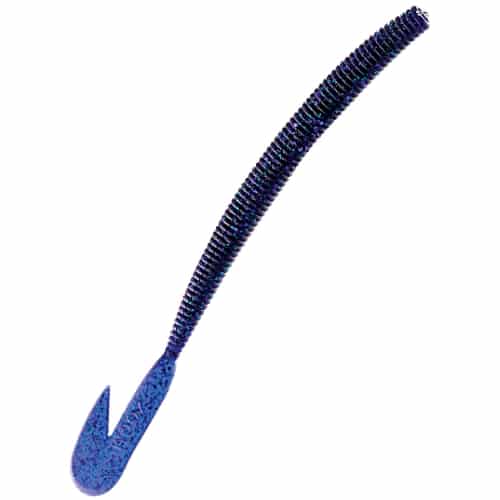
While I’m a big fan of using live bait, it’s always good to have a package of plastic worms in your tackle box, especially if you’re bass fishing. Plastic worms come in a variety of colors and sizes. The worms with the long tails are probably the easiest to use. Some fishermen swear that certain colors of plastic worms will increase the number of bites. It’s probably a superstitious belief, but if you’ve had luck with a certain color plastic worm, you might as well keep using it.
6. A couple of lures
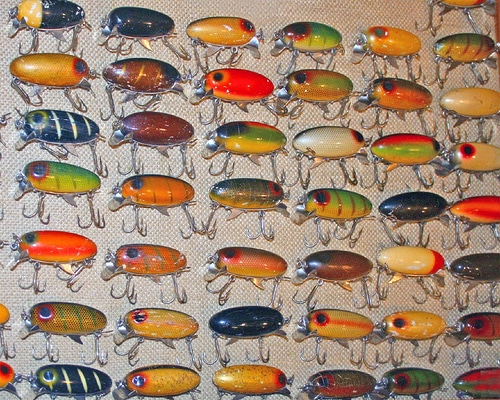
The old hook and worm should be enough for most of your fishing needs. But sometimes you’ll want to bust out some of the more complex lures in order to up your game. There are literally hundreds of types of fishing lures to choose from: spinners and spoons, minnow imitations, and top water lures to name a few. Each type of lure is designed to behave a certain way in the water in order to attract fish. For example, the minnow imitations are lures that look like small swimming minnows. Many medium- and large-sized fish like to munch on minnows, so it can be an effective lure. Spinners have a blade attached to them that creates a spinning action to attract fish. The type of lure you use is a matter of personal preference. Experiment to find what works for you and keep a few extra in your tackle box.
7. Needle nose pliers
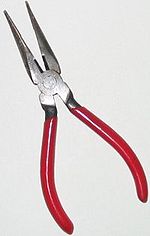
Needle nose pliers are needed for taking the hooks out of the fish after you catch them. They’re also sometimes needed to take the hooks out of you.
8. Small first aid kit
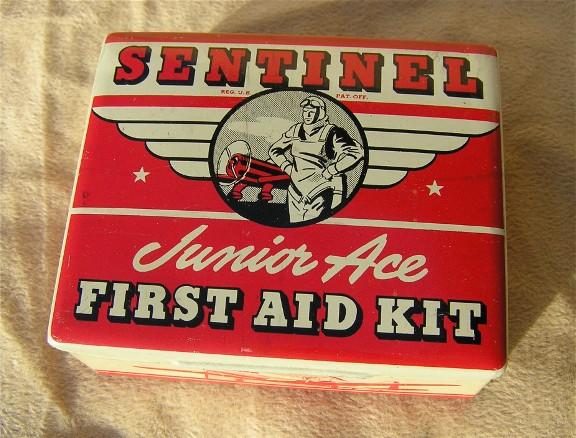
Hopefully you won’t have any major medical emergencies while you’re fishing. But small injuries are likely to happen, like getting a hook caught in your thumb or falling down and getting scraped up. For these sorts of things, it’s good to have a small first aid kit on hand. It doesn’t have to be fancy. Just throw in some band-aids, Neosporin, a few small bandages, and some waterproof medical tape. That should take care of most fishing-related injuries.
9. Sunscreen
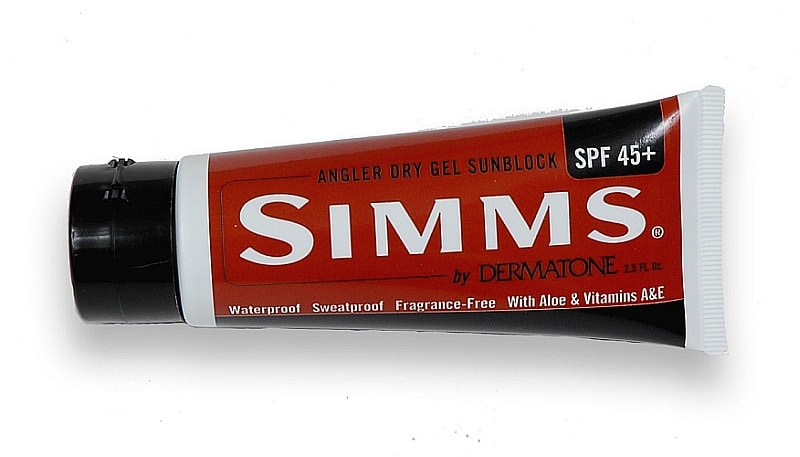
When you’re fishing, you’re going to be out in the sun all day. In order to keep your face from looking like an old catcher’s mitt and to prevent skin cancer, slather on some sunscreen. Face it. You’ll probably forget putting it on before you leave the house. Just keep it in your tackle box, so when you open it up, you’ll be reminded to put it on.
10. Line cutter (nail clippers or knife)
Sometimes you’ll get a snag that you can’t get out of and your only option is to cut the line. While a pocket knife can get the job done, one trick that an old timer at Bass Pro Shop shared with me is using nail clippers to cut your line. It’s quicker and more efficient than using a knife.
Listen to our podcast on trout fishing and the meaning of life:


